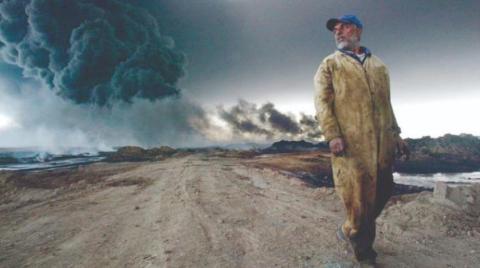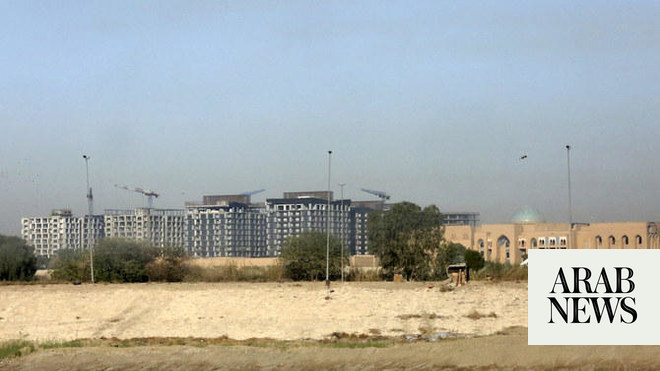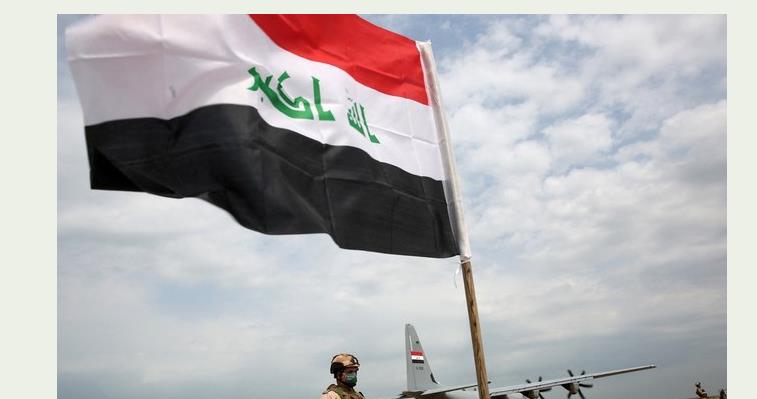
The US invasion of Iraq that began 20 years ago has left a toxic legacy worse than that of the Hiroshima bombing, according to a recent study.
The atomic bombing of Hiroshima and Nagasaki by the United States in 1945 killed around 140,000 people, most of whom died instantly, while the others passed away in the weeks and months that followed.
The Guardian cited the study reporting that after the bombing in Japan, the rates of leukemia among those living closest to the detonation increased by a devastating 660%, about 12 to 13 years after the bomb (which is when radiation levels peaked).
In Falluja, leukemia rates increased by 2,200% in a much shorter space of time, averaged just five to 10 years after the bombings.
The research, led by Dr Christopher Busby was studying information and data provided by doctors in Iraq on the big increase in cancer rates as well as birth defects after the US began bombing the country.
In addition to the huge increase in leukemia, Busby and his colleagues found a 1,260% increase in rates of childhood cancer in Falluja after the US bombing as well as a 740% increase in brain tumors.
Busby said “the cancer levels are astonishing”, adding: “The peak effect in those at Hiroshima who were most irradiated was less than the effect in all of Falluja.”
Earlier last week, the Director-General of the Center for Radiation Protection, Sabah Al-Husseini, affirmed that the US military deployed depleted uranium (DU) weapons in Iraq's invasion.
He also pointed to the increase in cancer cases in areas where the US forces used excessive amounts of uranium in southern Iraq, especially Basra.












